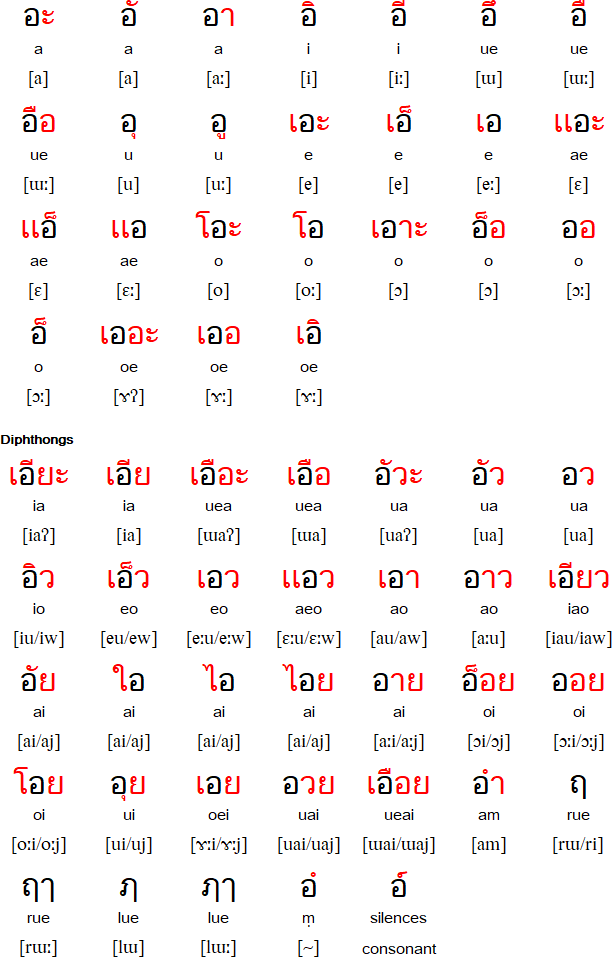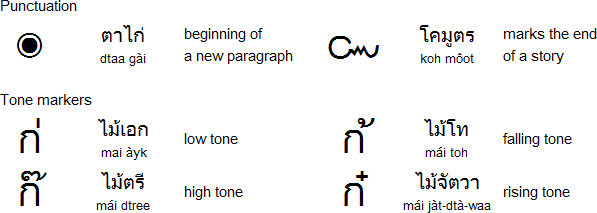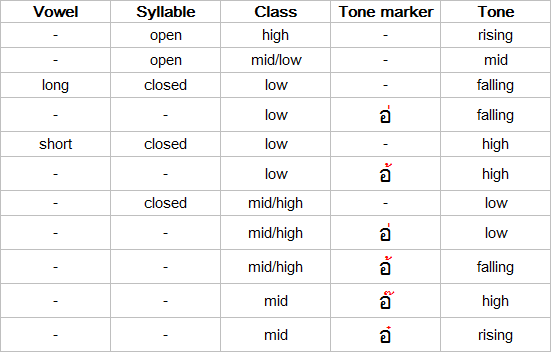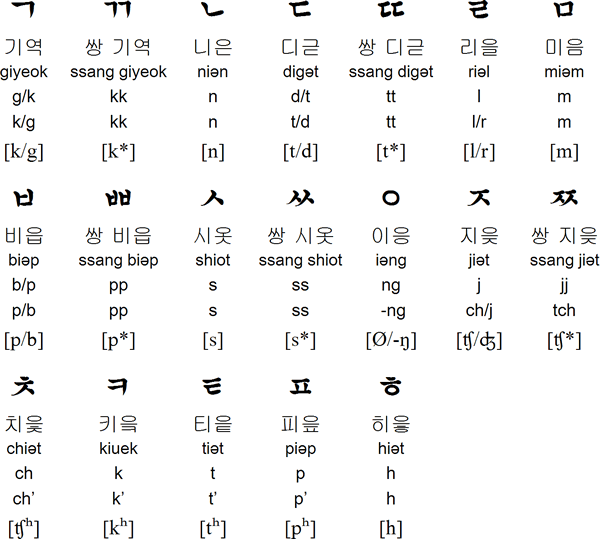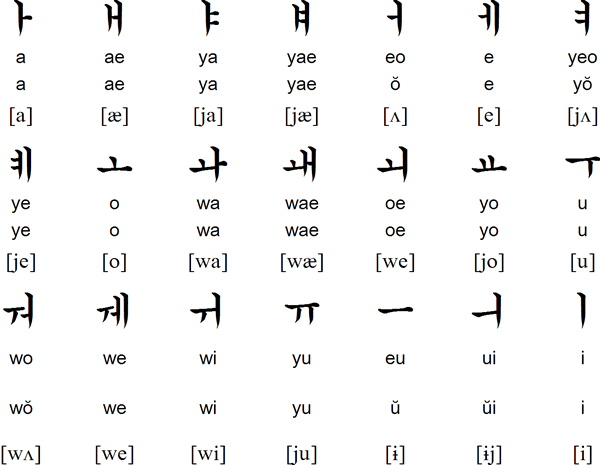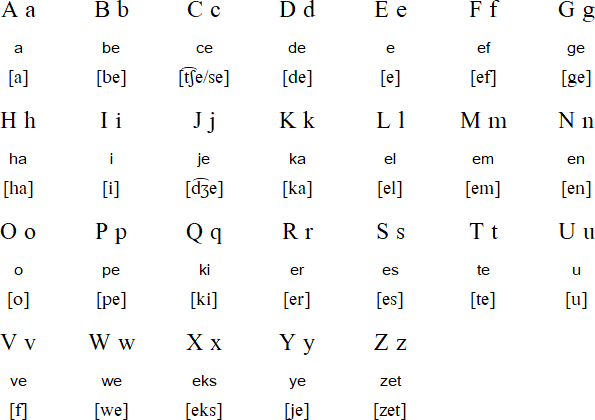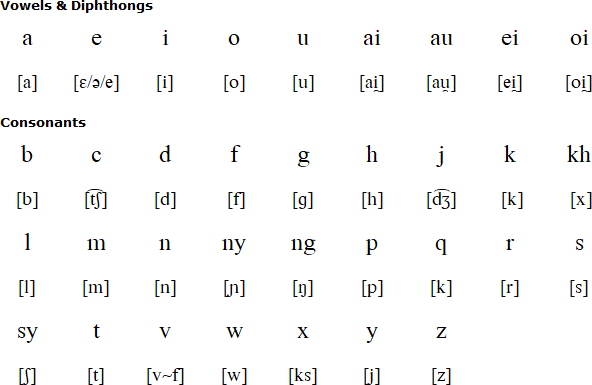Artist: 마크툽 (Maktub)
Genre: Indie
Release Date: 2019.06.09
Lyricist: 마크툽 (Maktub)
Composer: 마크툽 (Maktub)
Arranger: 마크툽 (Maktub), 이라온, Triple Synergy, 박민지
별빛이 내린 밤
byeolbichi naerin bam
On a night illuminated by stars,
그 풍경 속 너와 나
geu punggyeong sok neowa na
you and I are surrounded by that scene
날 새롭게 하는
nal saeropge haneun
Your smile and the look in your eyes
따뜻하게 만드는
ttatteuthage mandeuneun
makes me new again,
니 눈빛 니 미소
ni nunbit ni miso
makes me feel warm
영원히 담아둘게
yeongwonhi damadulge
I’ll hold onto that forever
너로 가득한 맘
neoro gadeukan mam
My heart is full of you
널 닮아가는 나
neol dalaganeun na
I’m starting to take after you
날 위한 선물
nal wihan seonmul
It’s a present for me,
꿈보다 더 아름다운
kkumboda deo areumdaun
more beautiful than a dream
서로의 품에서
seoroui pumeseo
Let’s walk this endless night
끝 없는 밤을 걷자
kkeut eomneun bameul geotja
in each other’s embrace
나의 모든 날들을 다 주고싶어
naui modeun naldeureul da jugosipeo
I want to give you all of my days
내 이 맘을 모두 전하고 싶어
nae i mameul modu jeonhago sipeo
I want to tell you all these feelings of mine
잠들지 못한
jamdeulji mothan
The sleepless
푸른 바람들
pureun baramdeul
blue winds
이렇게 밝게 이 밤을 비춰
ireoke balge i bameul bichwo
brightly light up this night
너와 작은 일상을 함께 하는게
neowa jageun ilsangeul hamkke haneunge
Living this small, ordinary life with you
내 가장 큰 기쁨인걸 넌 알까
nae gajang keun gippeumingeol neon alkka
is my greatest happiness, did you know?
내 세상 속에
nae sesang soge
You become the light in my world
넌 빛이 되어
neon bichi doeeo
just the way you are now, by my side
On a day full of happiness
지금 모습 그대로 내 곁에만
jigeum moseup geudaero nae gyeoteman
In a night without darkness
행복이 짙은 날
haengbogi jiteun nal
we share the same feelings
어둠이 없는 밤
eodumi eomneun bam
and the same dream blossoms
같은 맘 속에
gateun mam soge
that’s when we’ll arrive at
같은 꿈이 피어난 건
gateun kkumi pieonan geon
our predetermined fate
우리의 정해진
uriui jeonghaejin
I want to give you all of my days
운명이 맞닿은거야
unmyeongi matdaeungeoya
I want to tell you all these feelings of mine
나의 모든 날들을 다 주고싶어
naui modeun naldeureul da jugosipeo
내 이 맘을 모두 전하고 싶어
nae i mameul modu jeonhago sipeo
잠들지 못한
jamdeulji mothan
푸른 바람들
pureun baramdeul
이렇게 밝게 이 밤을 비춰
ireoke balge i bameul bichwo
너와 작은 일상을 함께 하는게
neowa jageun ilsangeul hamkke haneunge
내 가장 큰 기쁨인걸 넌 알까
nae gajang keun gippeumingeol neon alkka
내 세상 속에
nae sesang soge
넌 빛이 되어
neon bichi doeeo
지금 모습 그대로 내 곁에만
jigeum moseup geudaero nae gyeoteman
내게 온 너란 빛이 눈 부셔도
naege on neoran bichi nun busyeodo
네 앞에서 한 순간도 눈 감지 않아
ne apeseo han sungando nun gamji ana
다가올 시간도
dagaol sigando
계절의 바람도
gyejeorui baramdo
널 데려가지 못하게
neol deryeogaji mothage
내가 더 좋은 사람이 되고 싶어
naega deo joeun sarami doego sipeo
더 아름답게 널 안을 수 있게
deo areumdapge neol aneul su itge
잠들지 못한
jamdeulji mothan
잠들 수 없는
jamdeul su eomneun
바람들이 널 부르고 있어
baramdeuri neol bureugo isseo
언제까지나 너와 함께 할거야
eonjekkajina neowa hamkke halgeoya
내 마지막 숨결도 너일거야
nae majimak sumgyeoldo neoilgeoya
내 세상 속에
nae sesang soge
넌 빛이 되어
neon bichi doeeo
지금 모습 그대로 내 곁에만
jigeum moseup geudaero nae gyeoteman
이렇게 밝게 이 밤을 비춰
ireoke balge i bameul bichwo
On a night illuminated by stars,
you and I are surrounded by that scene
Your smile and the look in your eyes
makes me new again,
makes me feel warm
I’ll hold onto that forever
My heart is full of you
I’m starting to take after you
It’s a present for me,
more beautiful than a dream
Let’s walk this endless night
in each other’s embrace
I want to give you all of my days
I want to tell you all these feelings of mine
The sleepless
blue winds
brightly light up this night
Living this small, ordinary life with you
is my greatest happiness, did you know?
You become the light in my world
just the way you are now, by my side
On a day full of happiness
In a night without darkness
we share the same feelings
and the same dream blossoms
that’s when we’ll arrive at
our predetermined fate
I want to give you all of my days
I want to tell you all these feelings of mine
The sleepless blue winds
brightly light up this night
Living this small, ordinary life with you
is my greatest happiness, did you know?
You become the light in my world
just the way you are now, by my side
You are a light that came to me
Even if you are blinding,
when I am in front of you
I won’t close my eyes for an instant
Even approaching time
or the winds of the seasons—
I won’t allow them to take you away
I want to become a better person
so I can hold you even more beautifully
Sleepless and unable to sleep,
the winds are calling to you
I will always be with you
Even my last breath will be you
You are the light in my world,
just as you are now, by my side
Hangul by Genie Music
Romanization by K-Lyrics For You
English Translation by 잠자리의집

